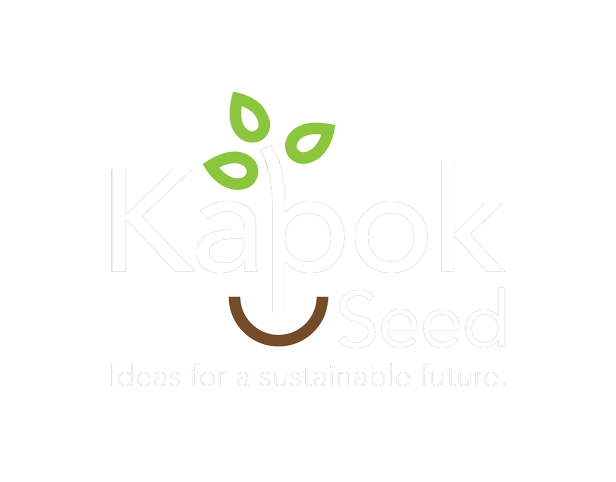A tiny invisible entity called the Corona virus has upset the world order, exposing the vulnerability of the human civilization. Everybody appears unprepared to face a reality that appears every bit unreal. As governments, scientists, medical staff grapple to save lives, the impact of the collateral damage due to lockdown and other social distancing measures on the economy and resulting distress appears to be taking devastating scales. While nobody knows how long or how bad this phase will be, one thing is for certain. The world as we knew it is going to change. New norms and new normals will get defined, as the human race re-invents itself yet again and overcomes this challenge. Positioned, as we are, in between the pre-Covid-19 and post-Covid-19 time window, it is imperative that we pause and introspect. What better time to do so than on the 50th anniversary of the day earmarked for the planet we all love, the Earth Day (22 April,2020).
In the midst of the gloom of the Covid-19 news came heartwarming stories of clear skies emerging in cities notorious for industrial pollution. Dolphins appeared along seashores that were earlier infested with luxury cruise-liners. Flamingos turned the water a lively pink as migratory birds swooped in from skies clear of vehicular pollution. The air cleared. Citizens breathed easy, at a time when a tiny virus is getting notorious for its ability to endanger the respiratory system. In spite of everything, it is indeed a treat to be getting this sneak peek into a world that could be ours if we could tackle the challenges of our carbon footprint. While we could surely wish that this part of the change becomes permanent, we know it will not be so unless we act.
Ever noticed how much plastic packaging accumulated in our trashcans when the garbage pickup became irregular during lockdown? Did you wonder why you took so much time sanitizing every packet you picked up from the near-empty shelves in the grocery stores? Pushed to a situation where supplies were getting over, did you realize how less we actually need in order to live? And yet, how much we kept buying till there was nothing left to buy?
“Social distancing” has distanced societies physically and yet brought people close. As flights stopped, transport moved off the roads, businesses, schools and colleges switched to online meetings and classes. As scientists and doctors keep working together to tackle Covid-19, research into its cure and technological innovations to produce ventilators, test kits, sanitizer spraying robots are continuing at breakneck speed. Manufacturing lines are getting rearchitected overnight to produce ventilators, masks, PPEs and other required equipment. Governments are working on a war footing to enable supply chains, rescuing lives and enforcing required restrictions. The entire infrastructure is getting rehauled to face the challenge posed by a virus.
As one watches the world stepping up to meet the challenge posed by an invisible virus, one wonders if we can hope for the same level of urgency in addressing the imminent challenge posed by a different virus, the one lurking in the seeds of global warming and lying dormant in the rising sea levels and melting icebergs. The Covid-19 virus cannot be seen and yet it is striking terror. How is it, then, that the impact of global warming is so visible and yet there is a vast majority still unconvinced of the need for urgent climate action?

Post-Covid-19 emergency phase, addressing job loss and poverty will be as much a challenge as will be the search for a cure or a defense strategy to tackle the virus or any future pandemic of such nature. Will the steps that were being taken in the field of sustainability be forgotten or pushed to the sidelines in the face of this crisis? Will the pandemic siphon away R&D funding from sustainability initiatives? Instead, with Covid-19 forcing us to adopt alternate lifestyles and ways of doing business, is it not time for us to pause and think where exactly lies the balance: between need and luxury, between convenience and attempting change, between reducing travel and resuming social contact? Will the need for a greater push and call for action not be internalized, now that we have witnessed how vulnerable we are in the face of a crisis?
We hope it will. While human beings have a track record of making mistakes they have a stronger record of learning from mistakes. Undoing the environmental impact of development and doing all that is right is not a choice but a need. And we need to do everything we can to preserve the lonely planet lovingly called Earth.
Art work by Ananya Giri

